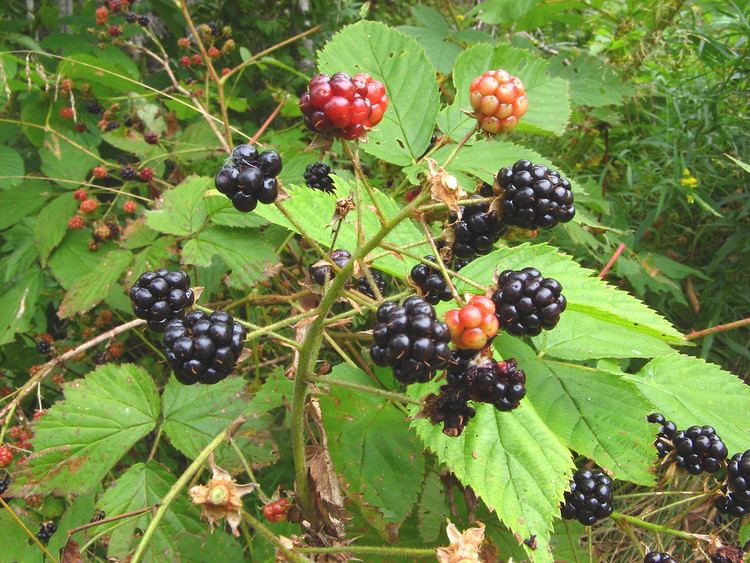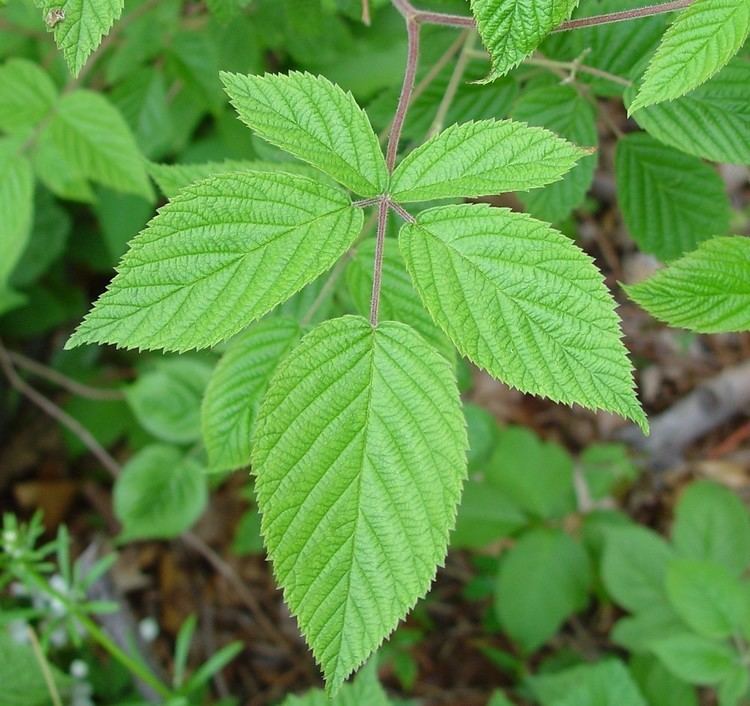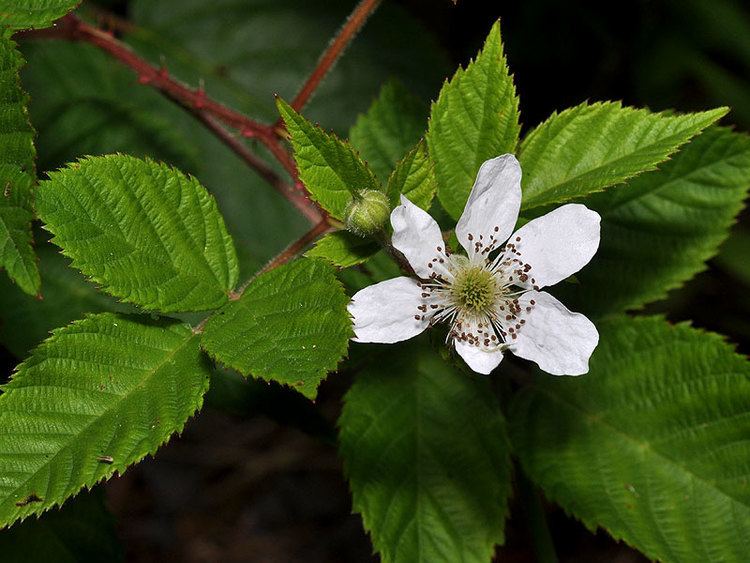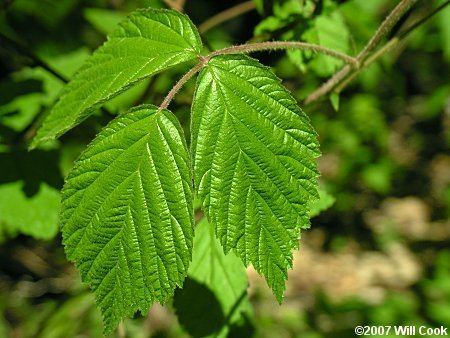Kingdom Plantae Rank Species | Genus Rubus | |
 | ||
Similar Rubus, Rubus canadensis, Rubus argutus, Rubus flagellaris, Rubus laciniatus | ||
Rubus allegheniensis is a species of bramble, known as Allegheny blackberry and simply as common blackberry. Like other blackberries, it is a species of flowering plant in the rose family. It is very common in eastern and central North America. It is also naturalized in a few locations in California and British Columbia.
Contents
- Blackberry fruit rubus allegheniensis shrub seeds on www myseeds co
- Description
- Distribution and habitat
- References

Blackberry fruit rubus allegheniensis shrub seeds on www myseeds co
Description

Characteristics can be highly variable. It is an erect bramble, typically 5 feet (150 cm) but occasionally rarely over 8 feet (240 cm) high, with single shrubs approaching 8 feet or more in breadth, although it usually forms dense thickets of many plants. Leaves are alternate, compound, ovoid, and have toothed edges.

Thorny canes, with white, 5-petal, ¾ inch (19 mm) flowers in late spring and glossy, deep-violet to black, aggregate fruit in late summer. Shade intolerant.
Distribution and habitat

The presence of Rubus allegheniensis influences the dynamics of the understory vegetation of many forests in the eastern United States. An abundance of Rubus allegheniensis encourages new tree seedlings. Where the effects of herbivorous animals (such as deer) reduce the abundance of Allegheny blackberry, a competitor, Dennstaedtia punctilobula (hay-scented fern), takes over. Where Dennstaedtia punctilobula becomes common, the growth of tree seedlings is restricted.

Concentrations of Rubus allegheniensis increase greatly after events that destroy taller shrubs and trees and thus permit more light into the understory, such as fires or widespread blowdown. These populations often decline in later years as the tree seedlings sheltered by the blackberry canes grow and reduce the amount of light reaching the lower levels.
